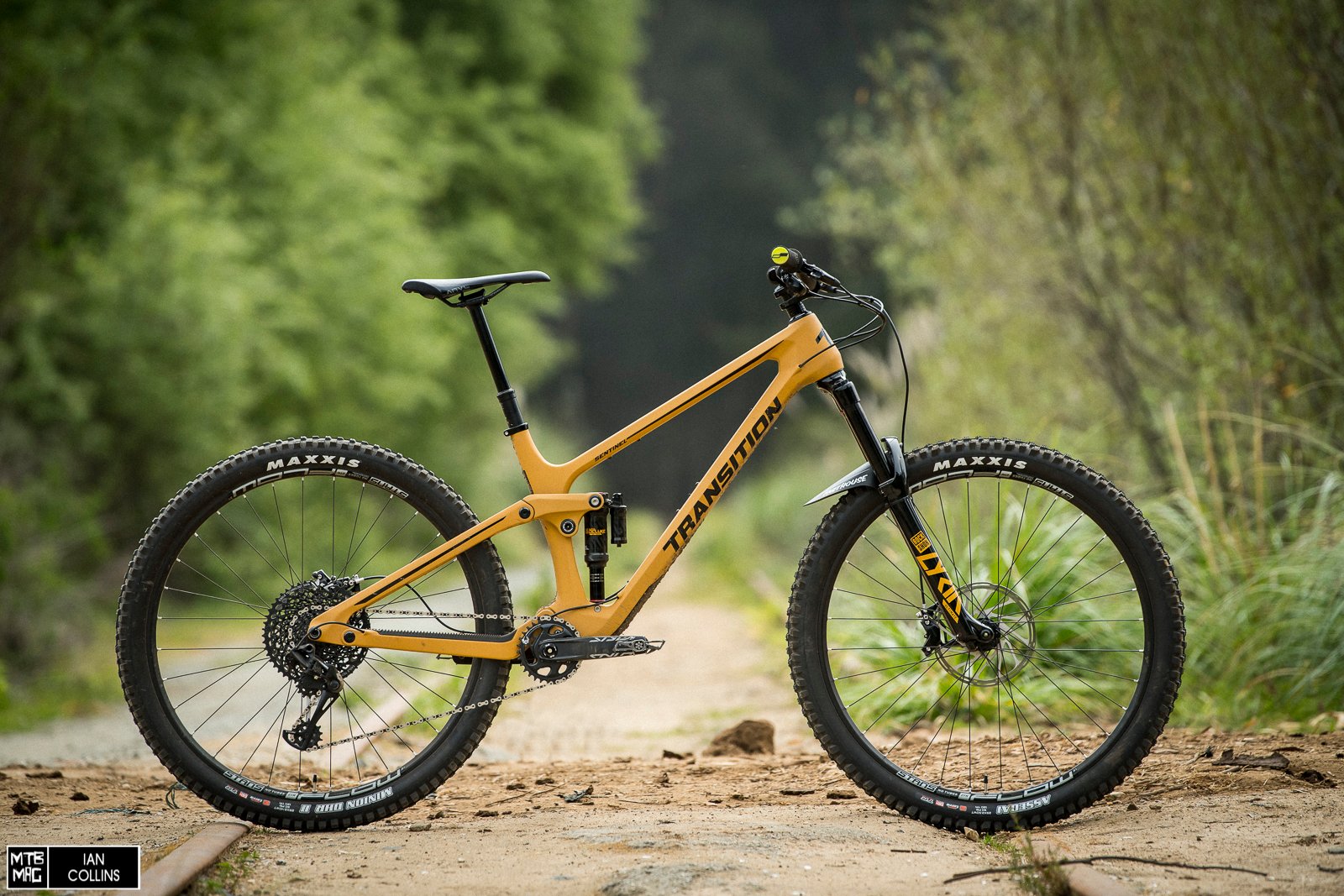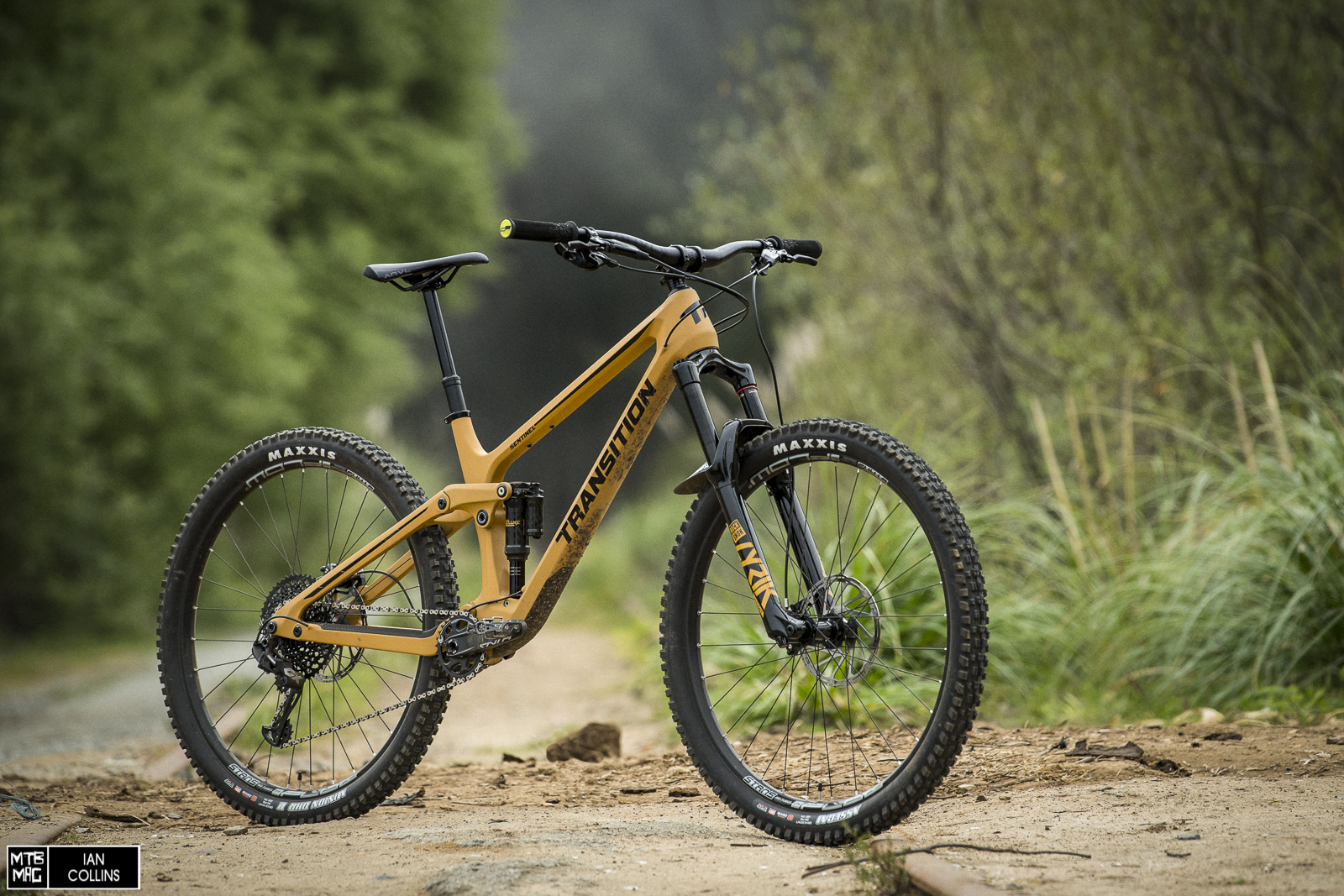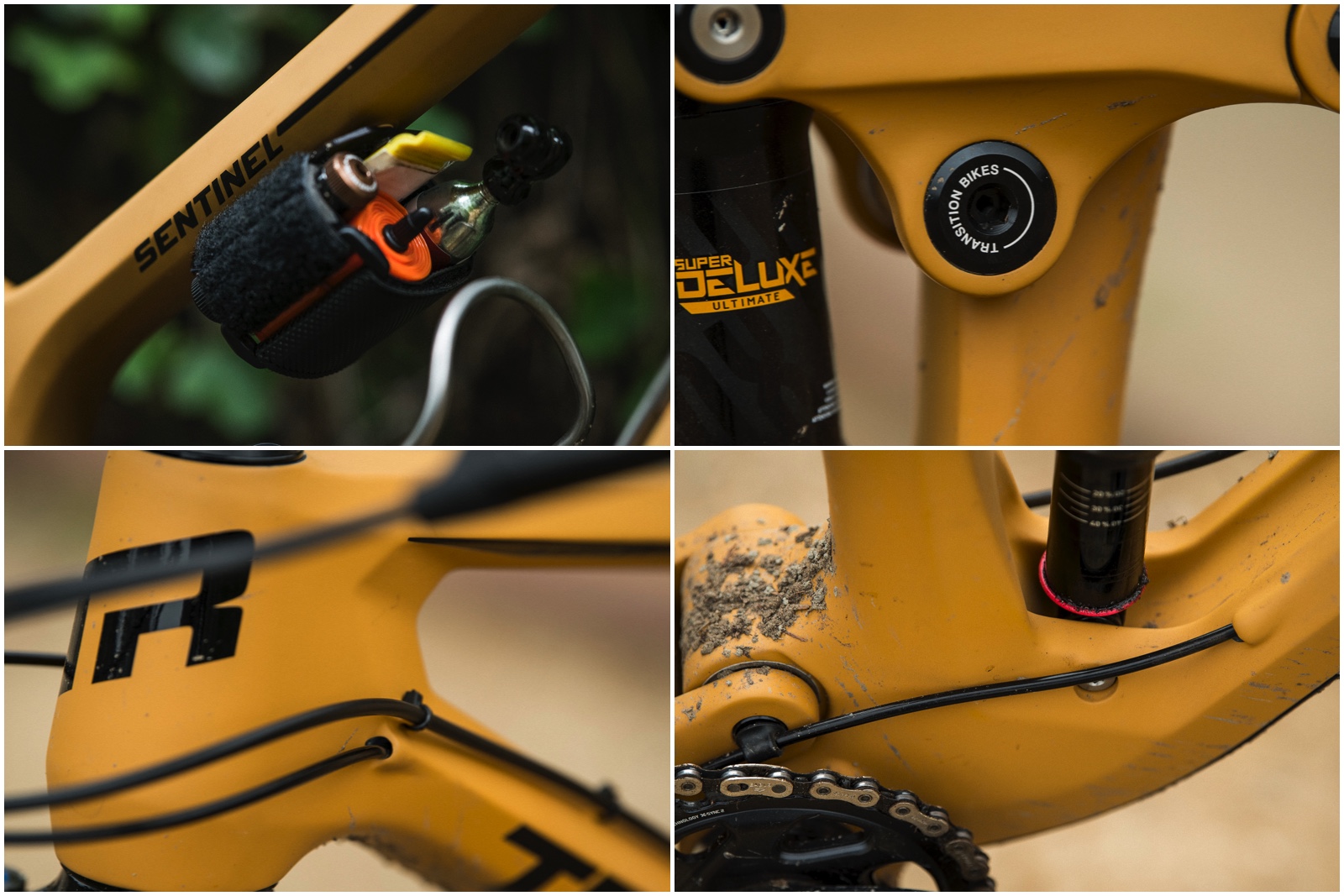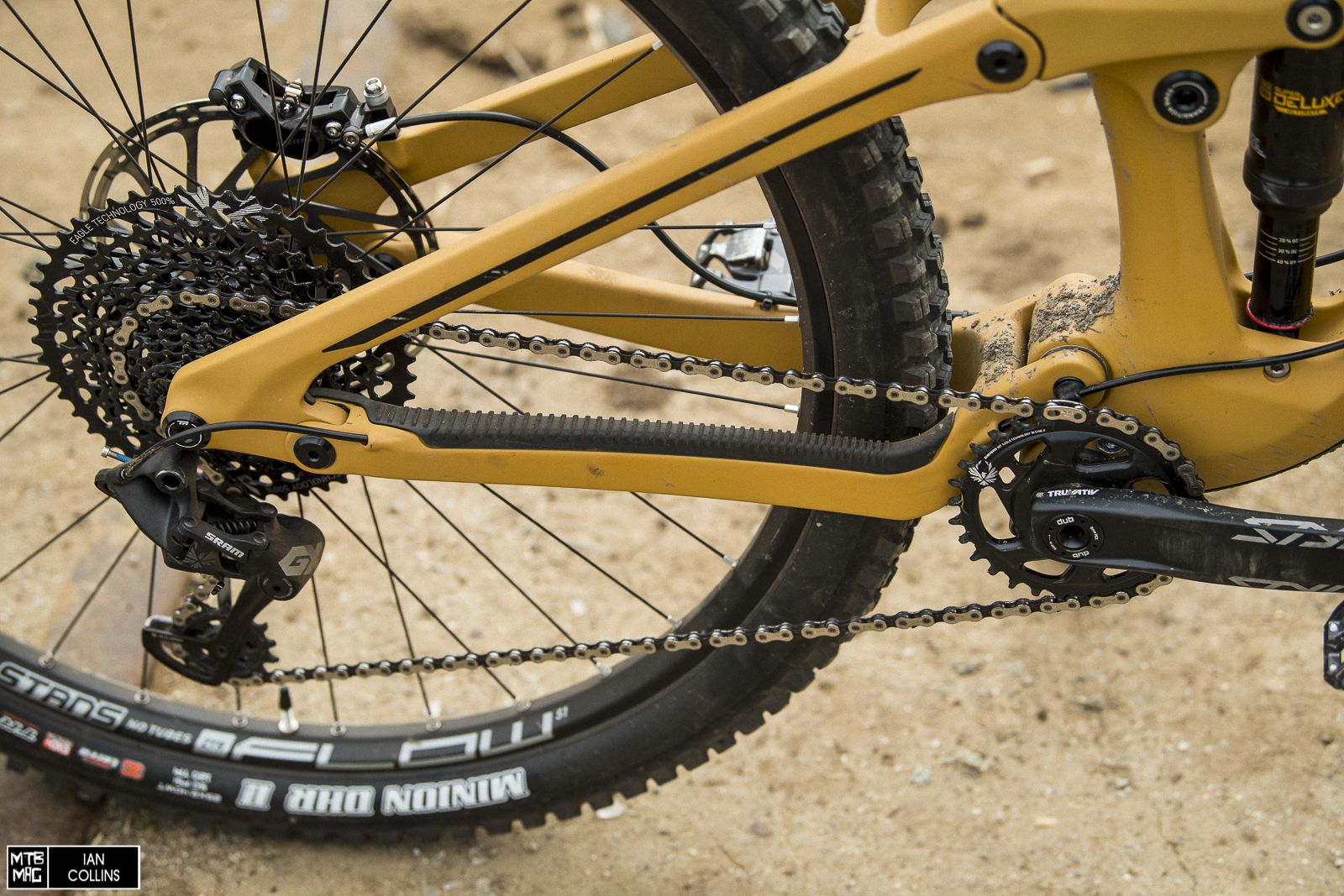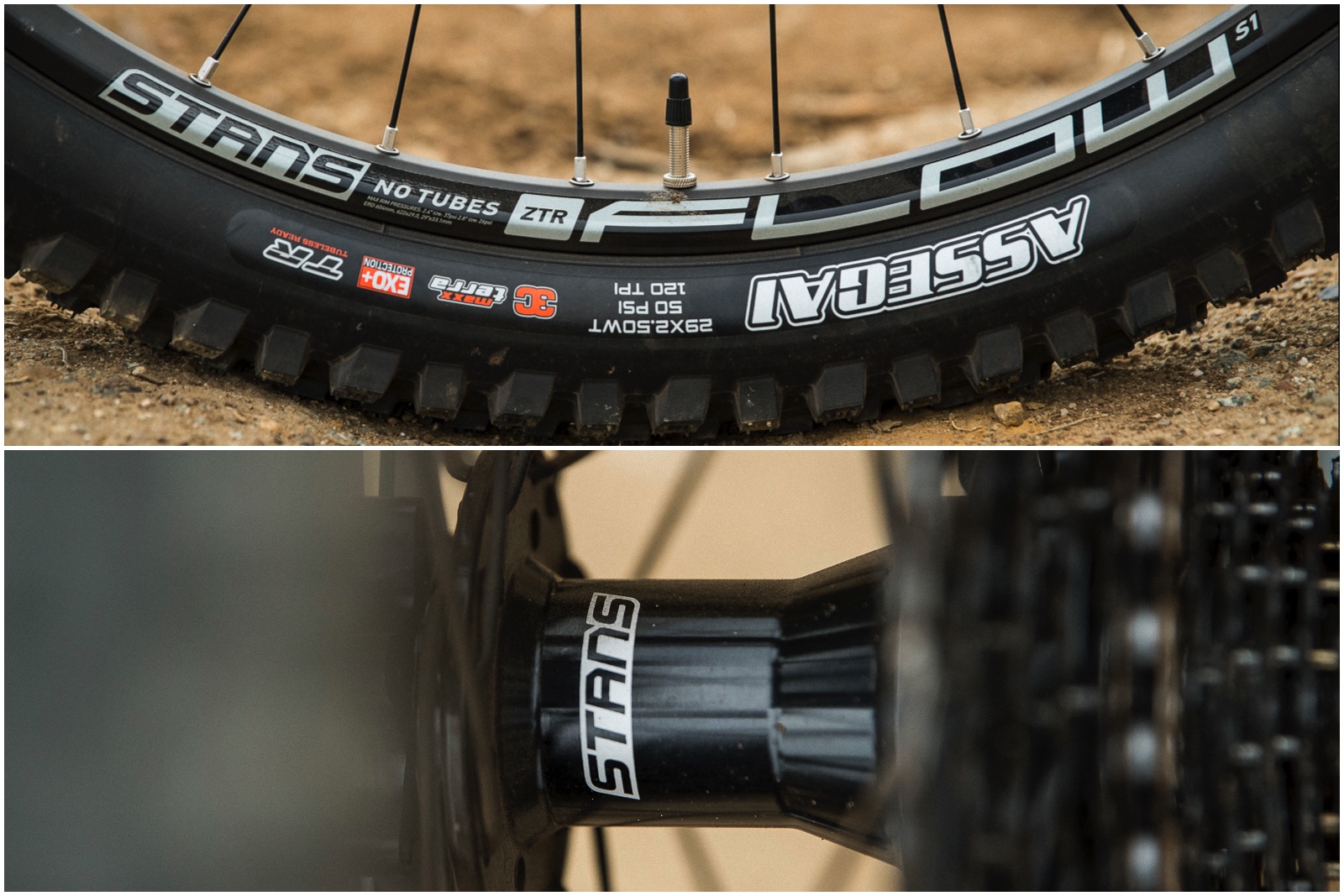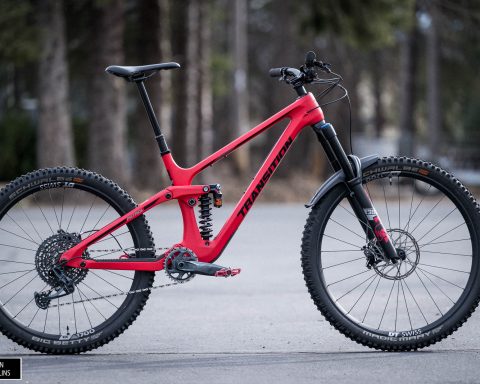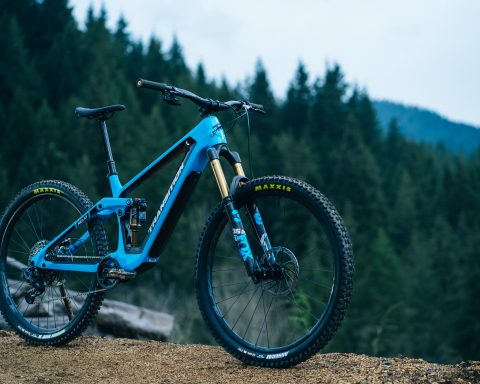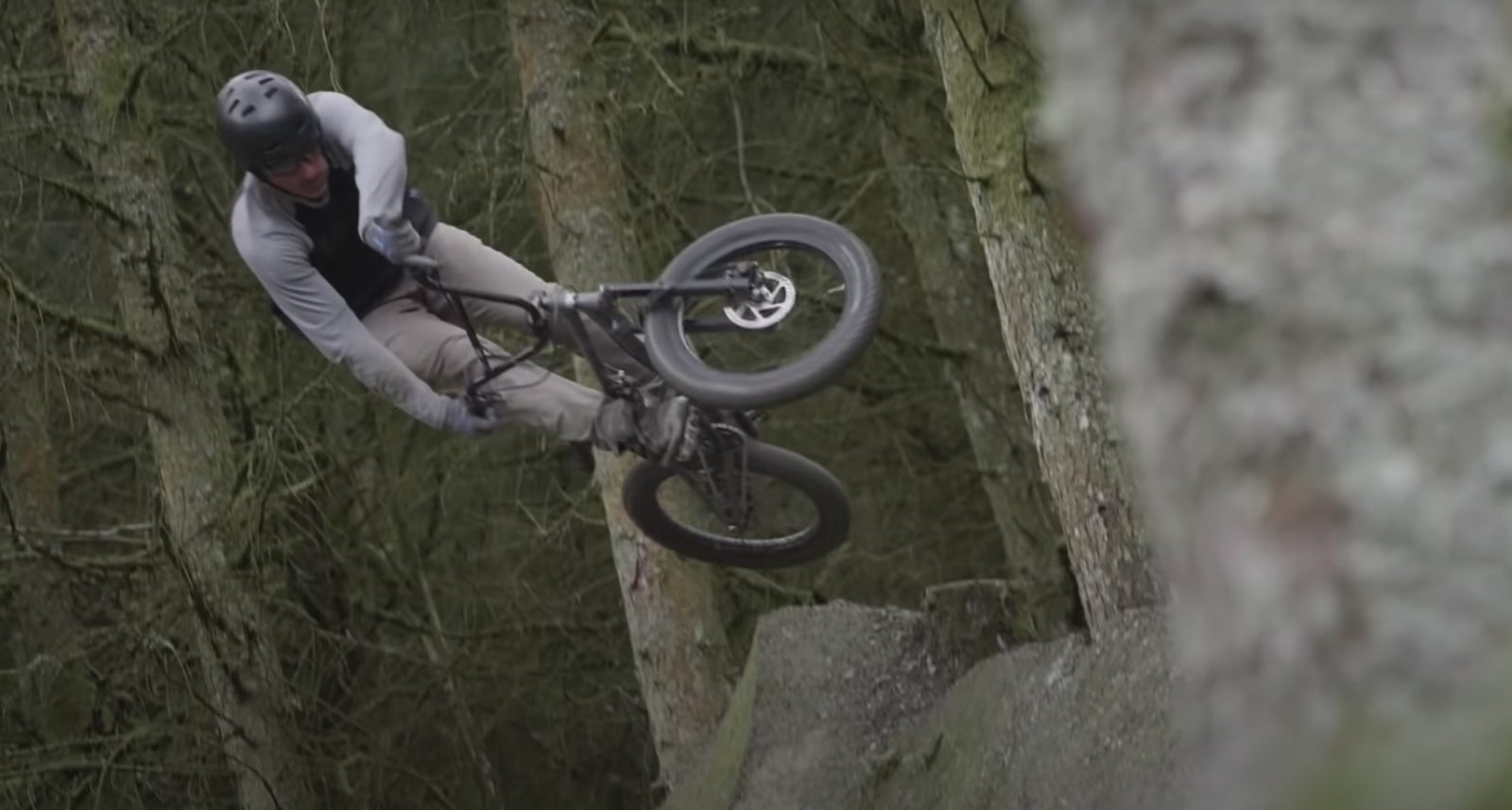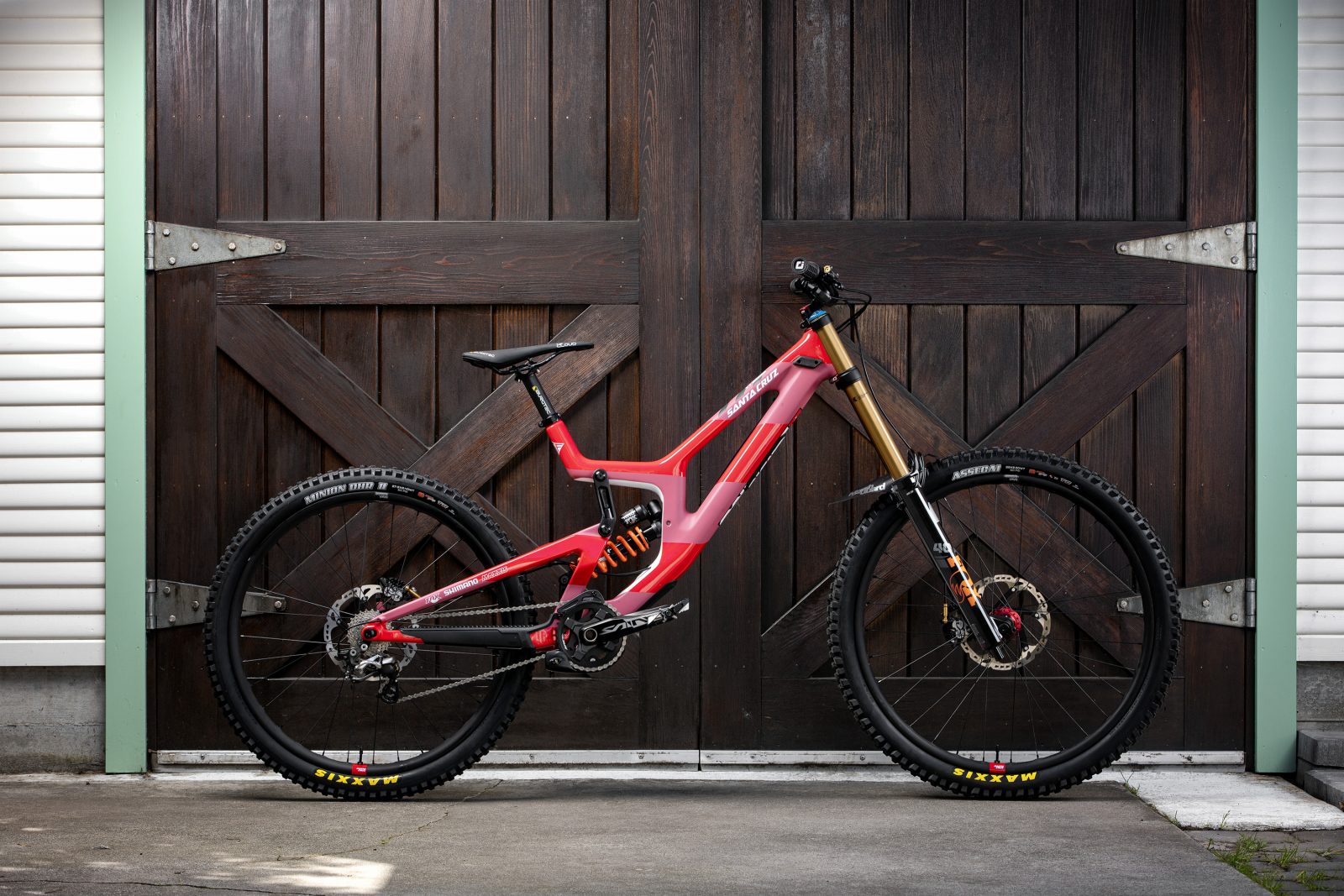A few years ago, when the Transition Sentinel hit the market it was, for lack of a less cliché term, a game changer. While that term is thrown around far too loosely, it was the Sentinel’s “Speed Balanced Geometry” specifically, that changed the game – or at least enough so that a great deal of mountain bike manufacturers piled on and copied adopted the approach. Transition’s approach was, in short:
• Steeper seat angles
• Longer reaches paired with shorter stems
• Slacker head angles combined with shorter offset forks
The combination of these three concepts went a very long way in improving modern mountain bikes in two directions. Simultaneously, SBG made them better at climbing, due to the more upright, forward positioning and also better at descending, due to increased stability from a longer front end and slacker head angle. Anyhow, a few short years later, countless brands both large and small are implementing similar concepts with their geometry. So – now that the long winded introduction to the old Sentinel is behind us, it’s time to meet the new Sentinel …
A few months ago, Transition was kind enough to send out their high value $5,499 GX spec’d Sentinel for us to start testing. First and foremost, visually you can see that the bike has taken on a totally new industrial design, with less swoopy, and instead much more angular lines. Transition also recently moved to a new carbon factory where their new frames are constructed using Japanese Toray carbon and with Latex EPS molding. While most of the geometry changes are nonexistent or subtle at most, the Sentinel did receive a travel bump out back from 140mm to 150mm, although the fork travel remains the same at 160mm. Read on for our full thoughts…
Details
- 29″ wheels
- 160mm front travel / 150mm rear travel
- 140mm rear travel option via shorter 57.5mm stroke rear shock
- Boost hub spacing
- Metric shock spacing with trunnion upper mount
- All new carbon specific frame design
- Revised kinematic with increased progression – coil friendly
- Internal rear derailleur cable routing with guide tubes
- Shorter seat tubes and increased seatpost insertion
- Top tube accessory mounting
- Flush mount chainstay, seatstay and downtube protection
- New XXL Size
- 2.6 “tire clearance
- Press in headset cups allow for angle adjustable headsets
- Lifetime warranty
- 7.05 lbs frame with shock / 31 pounds 3 ounces as tested (Large, tubeless)
Up front, Transition spec’d their in house ANVL brand bar and stem, which were quite good for house brand bits. The upsweep / backsweep combo of the handlbar was comfortable and a full 800mm width was just right, with 30mm of rise being spot on. Although the stock stem is 40mm long, I did some dabbling with a 50mm and I’m still not sure where I’d land – perhaps 45mm then. Not pictured are the Sensus Lite grips, which I swapped for the Meaty Paws.
On the GX build, a RockShox Lyrik RC2 and Super Deluxe RCT Ultimate as standard. The fork has 160mm travel and a short, 42mm offset crown with High and Low Speed compression and one rebound knob. The rear shock has a 3 position lockout and externally adjustable Low Speed compression and a single rebound adjuster. Interestingly, those who wanted to mitigate the travel and set the bike up to be more of an all arounder can do just that via swapping the rear shock stroke length from 62.5mm to 57.5mm. This should be able to be done internally with a spacer with most shocks, at most shops. Regardless, props to Transition for designing the bike with a nice and low 2.4: 1 average leverage ratio, which made for an ideally low pressure of just 175PSI to support my 180 pound weight. Lower pressure = more traction, less drag and less stress on shocks.
Clockwise from top left: like the Scout, the Sentinel also adopts an accessory mounting system, which pairs with Wolf Tooth’s B-Rad system for clean, on bike storage. High quality over sized hardware is used throughout the bike. A sneaky little plastic tab keeps the shifter cable in line at the main pivot, which is now a collet style system. Something I noticed on trail was that the super direct derailleur cable routing made for less drag and smoother shifting. When a cable doesn’t have to bend around tight radii the shifting quality is generally better. So, again, props to the engineers – it made a very distinct improvement. I genuinely commend Transitions overall approach to their cable routing and how it meshes with the new industrial design – the shifter and dropper routings are internally sleeved while the rear brake remains external for practicality’s sake.
Transition spec’s their in house ANVL Forge saddle, which turned out to be pretty comfortable despite my initial skepticism – it doesn’t look comfortable, but alas it is. I was thrilled to see them tilt the hat to the long legged among us with a 180mm travel OneUp dropper seatpost. I’ve tested this post recently and personally think it’s one of the best on the market.
I’m stating the obvious here, but the GX version of the Sentinel came with SRAM’s excellent bang for the buck Eagle GX 12-speed drivetrain. The group offers a broad 500% gear range via a 10-50 tooth rear cassette along with crisp, snappy shifting. Up front 170mm length aluminum Truvativ Stylo cranks churn away on a 30 tooth ring for all day spinning. The cranks are built off of SRAM’s new DUB standard bottom bracket, which have proven to be quite worthy. The frame’s bottom bracket shell is threaded for easy maintenance.
Despite coming in at $5,499, Transition managed to spec the higher end SRAM Code RSC brakes as opposed to the simpler, less adjustable Code R. Both front and rear brakes use 200mm Centerline rotors and metallic pads, so the bike had no problems slowing down.
The Sentinel has Stans ZTR Flow S1 wheels, which despite not exactly being a drool worthy wheelset, the blue collar offering was reasonably strong and lightweight while helping the bike hit a great price point. The 29mm inner diameter rims are wrapped in a Maxxis Assegai 2.5″/ DHR2 2.4″ combo. Both tires have EXO+ casings and a wide trail carcass for a bit of added volume.
A few frame details – the chainstay features integrated rubber protection that’s finned to help dampen noise. It’s note worthy that the cable routing is also sleeved through the chainstay, which is quite slick. Out back, depending on the brand, there is ample clearance for up to 2.6 “wide tires. Lastly, a rubber downtube protector guards from rock strikes.
On the trail
When Transition first floated the idea of sending down a Sentinel for testing, I’ve got to admit, initially I was thinking it’s a lot of bike for day to day riding in the Santa Cruz area. Perhaps that was a bit myopic – a few years have gone by since the first Sentinel was released, which definitely had a reputation for being a “big brawler” bike, although nowadays it looks pretty standard…at least on paper anyway. Nevertheless, the bike arrived, I drooled over the gorgeous lines emanating from the new industrial design, built it up and hit the trails during the tail end of a really good Winter. If I had to sum up the experience overall, it would be that I was pleasantly surprised in a great many ways…
Starting with the weight, at just over 31 pounds for the GX version of the bike tested, clearly the Sentinel is quite reasonable given the spec. Switching to a new factory, using higher grade materials and an improved molding process allowed Transition to shed some material, while still carrying a lifetime warranty. It’s worth pointing out that they attribute the new aesthetic and sharper lines directly to their updated manufacturing process. The point being, for this much bike at just five and a half grand, without a bit of carbon fiber in sight other than the frame, it’s pretty darn light and I could feel that right away on trail.
Another aspect that’s seen quite a bit of finessing is the rear suspension – increasing the Sentinel’s progression to 24% put it right at that nice sweet spot where it should play nice with either air or coil sprung rear shocks. I managed to use all the travel on just about every ride, but I was never blowing the sag ring off or feeling a harsh bottom out – for the record that’s my ultra scientific way of gauging “just right” in terms of progression. Anyhow, I could go on about how good the rear suspension is all day. Over the years I’ve tended to be partial to Dave Weagle’s suspension designs for their supportive nature and power under pedaling. While I’ve been somewhat happy with a handful of Horst link style bikes over the years, none of them have impressed me quite like the Sentinel. To date, I certainly haven’t ridden one that climbed this well, nor one that has struck such a nice balance of support and forgiveness. To expand on this, the bike provides lots of pop and responds admirably to body input without wallowing in its travel, yet that doesn’t come at the expense of feeling harsh in mid sized impacts and chunder. In terms of designing the ideal kinematics, that is a tough balancing act and Transition has really aced it.
I was also fortunate enough to ride the new Sentinel with a shorter 57.5mm stroke which I paired with a 150mm air spring in the fork. Without droning on too long, by way of a slightly steeper head angle and a touch less travel, it puts the Sentinel in a disposition that’s better suited to all day missions, nodding to improved climbing without giving up too much on the descents.
For the most part, the geometry hasn’t seen any drastic changes – just a few millimeters or part of a degree here and there. After all, why mess with a good thing? I’ve personally never ridden the original Sentinel, but I have ridden many bikes whose geometry was inspired by it – SBG is the real deal. Anyhow something that surprised me a right away was how easy the bike is to manual. With 440mm chainstays, the rear end isn’t what most people would consider “short” by any means, but the bike seriously loves back wheel. As far as other handling attributes are concerned, I have nothing but praise. My first ride on the bike I found myself overshooting jumps and stepdowns that I was having a hard time clearing before – it has an unfathomable amount of pop. The cornering was equally impressive, with a knack for still hanging on and digging in, even when pushed past the limit – the traction is divine. From a body positioning standpoint as well as pedaling efficiency, the Sentinel can hang just fine on some pretty mean climbs. The steep seat angle and neutral suspension can be thanked for this respectively. For what it’s worth, I only used the lockout on paved and fire roads.
Initially, I wrongfully thought that the Sentinel was going to feel like a lot of bike. It doesn’t. In the past, I’ve been hesitant toward 29″ wheeled bikes with much more than 130-140mm of travel as they have a tendency to feel big, clumsy and tall. Well, despite being a pretty long legged bike, the Sentinel is super light on its feet. We’re approaching a point where wheel size simply does not matter – the geometry of this bike is so refined that it handles at least as well as any 27.5″ counterpart, but with the obvious benefits of added traction and increased roll over.
As far as the spec is concerned, most of you are likely well familiar with most of what’s on tap and there is little to pick apart. The brakes, drivetrain, suspension and dropper are all excellent products that need little introduction. As mentioned earlier, the Stans wheels are no frills, but had a surprisingly good ride quality and got the job done – it helps that they’re wrapped in perfect all around tires. The in house ANVL bits turned out to be comfortable and feature all the right angles as well. All too often I can’t wait to swap out in house cockpit parts, but that wasn’t really the case here.
Overall
While a great many aspects of this bike were truly striking, above all it is the value that’s on offer here that’s astounding. Transition is beating up on the big brands and other boutique brands alike – the only way you’d find a build this good for this price is through one of the big direct brands, but you won’t find it bolted to a frame this well designed, nor one with a lifetime warranty. Value aside, at the heart of it all is a brilliant frame – the geometry, suspension, industrial design, features and beyond are 10/10. I would normally dig deep and have a minor grievance with the fact that the frame doesn’t feature any adjustments as I tend to rate adjustable bikes more highly. But alas, Transition designed the bike to be able to work nicely with a shorter stroke shock as well as both coil and air shocks, giving you a range of use from an all day killer to an EWS slayer. So at the end of the day, I can’t find a single thing to complain about on the new Sentinel, it’s a total stunner.

